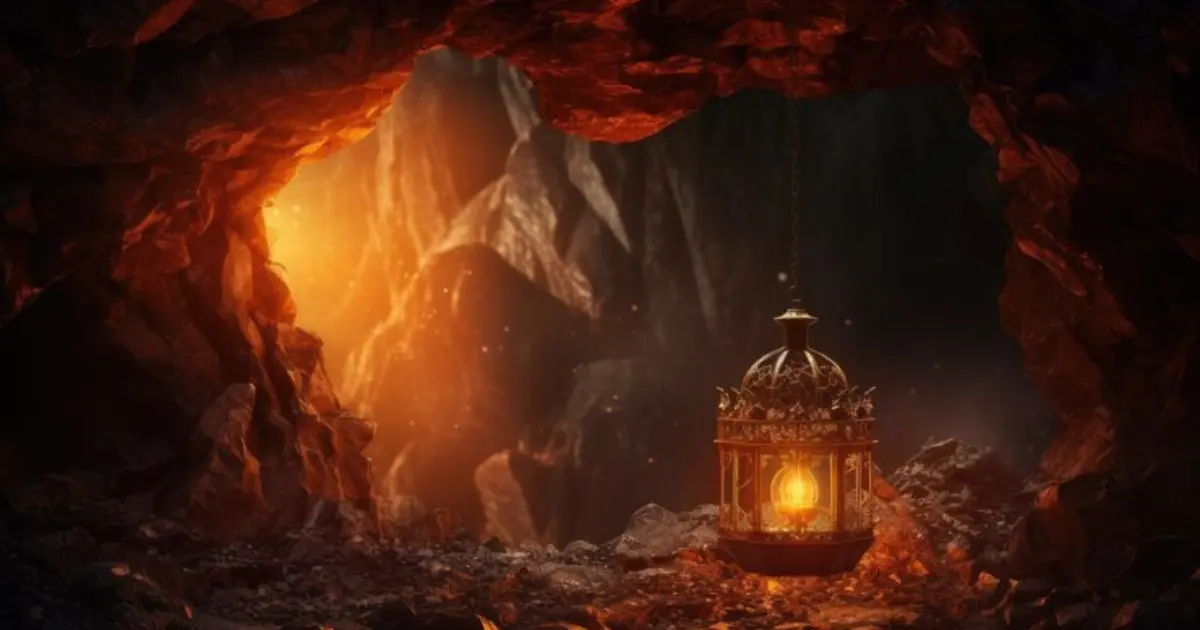In a world brimming with tangible realities and concrete facts, the notion of the “PossiblyEthereal” stands as a whisper of mystery, an elusive concept that invites curiosity and wonder. What does “PossiblyEthereal” mean? Why does it captivate our imagination? Let’s embark on a journey to unravel the threads of this enigmatic idea.
Origins and Etymology
To understand “PossiblyEthereal,” we must first delve into its linguistic roots. The term blends “possible,” suggesting potential and uncertainty, with “ethereal,” which evokes the delicate, otherworldly, and intangible. Historically, “ethereal” traces back to the Latin “aether,” meaning the upper regions of space, and the Greek “aither,” referring to the pure, upper air the gods breathed.
Cultural Interpretations
Across cultures, interpretations of the ethereal vary. In Western thought, it often links to the divine and mystical, seen in religious texts and Renaissance art. Eastern philosophies, like Buddhism and Taoism, perceive the ethereal as the essence of spiritual enlightenment and harmony. Modern pop culture blends these views, portraying the ethereal in fantasy films, literature, and digital art.
Philosophical Underpinnings
The “PossiblyEthereal” touches the realms of metaphysics, questioning the nature of existence and reality. Existential philosophers ponder the ethereal as part of the human quest for meaning beyond the physical world. In spiritual discourse, it represents the intersection of the seen and unseen, the material and the divine.
Scientific Perspectives
Science, too, flirts with the ethereal, especially in quantum mechanics, where particles can exist in multiple states simultaneously, hinting at unseen dimensions. Theoretical physics explores multiverse theories, suggesting our reality might be one of many. Neuroscience examines how our brains perceive and process experiences that feel ethereal, like déjà vu or spiritual awakenings.
Artistic Representations
Art captures the essence of the ethereal in myriad ways. Literature and poetry often use ethereal imagery to evoke emotions and transcendence. Visual arts, from impressionist paintings to modern digital art, portray the ethereal through light, color, and abstract forms. Music and performance arts evoke ethereal experiences through soundscapes and movements that transcend the ordinary.
“PossiblyEthereal” in Everyday Life
Even in daily life, the ethereal peeks through. People share personal anecdotes of moments that felt otherworldly—like a breathtaking sunset or a profound connection with someone. Common symbols, like feathers or orbs of light, are often interpreted as signs of ethereal presence. These experiences shape societal trends, influencing everything from wellness practices to interior design.
Mystical and Paranormal Connections
The ethereal is closely tied to the mystical and paranormal. Ghost stories, sightings of spirits, and otherworldly experiences populate human history and folklore. Mystical traditions, from shamanic rituals to modern witchcraft, embrace the ethereal, using it to connect with forces beyond the visible world.
The Role of Technology
Technology amplifies our engagement with the ethereal. Digital art and virtual reality create immersive experiences that feel otherworldly. AI interpretations of the ethereal, through algorithms and digital creations, push the boundaries of our understanding. Social media spreads these interpretations, shaping collective perceptions of what is “PossiblyEthereal.”
Psychological Aspects
Psychology offers insights into why we are drawn to the ethereal. Cognitive theories explore how our brains create and respond to ethereal experiences. The psychology of belief examines why some people are more open to the ethereal than others. Emotional and mental health correlations suggest that ethereal experiences can provide comfort, inspiration, and a sense of connection.
Case Studies and Anecdotes
Throughout history, individuals have reported encounters with the ethereal. Historical figures like Joan of Arc claimed divine visions, while modern-day influencers share stories of spiritual awakenings. Personal testimonials from diverse backgrounds highlight how “PossiblyEthereal” experiences shape lives and perspectives.
Challenges and Skepticism
Despite its allure, the “PossiblyEthereal” faces skepticism. The scientific community often critiques it for lacking empirical evidence. Many myths have been debunked, urging a balance between healthy skepticism and open-mindedness. The challenge lies in discerning genuine ethereal experiences from mere illusions.
Exploring “PossiblyEthereal” Through Meditation and Mindfulness
Practices like meditation and mindfulness offer pathways to experiencing the ethereal. Techniques such as deep breathing, visualization, and mantra repetition help quiet the mind and open it to ethereal experiences. Many people report transformative benefits from these practices, finding peace, clarity, and a deeper connection to the world around them.
Future Perspectives
Looking ahead, the notion of the “PossiblyEthereal” will likely continue to evolve. As science and spirituality increasingly intersect, we may find new ways to understand and experience the ethereal. Future societies might integrate ethereal concepts into daily life, blending technological advancements with spiritual insights.
Conclusion
The “PossiblyEthereal” remains a captivating enigma, a concept that dances on the edges of our understanding. It challenges us to explore, question, and embrace the mysteries beyond the tangible world. Whether through science, art, spirituality, or personal experience, the threads of the ethereal weave a rich tapestry of possibility and wonder.
FAQs
What does “PossiblyEthereal” mean?
“PossiblyEthereal” refers to something that might be delicate, otherworldly, or intangible, blending the notions of potential and the ethereal.
How can one experience something “PossiblyEthereal”?
Experiences can range from personal moments of awe and connection to practices like meditation and mindfulness that open the mind to ethereal possibilities.
Are there scientific explanations for the ethereal?
Some aspects are explored in quantum mechanics and neuroscience, though many ethereal experiences remain outside empirical validation.
What are some cultural examples of “PossiblyEthereal”?
Cultural examples include religious visions, mystical traditions, and representations in art, literature, and film.
How does “PossiblyEthereal” impact mental health?
Ethereal experiences can provide emotional comfort, inspiration, and a sense of connection, positively impacting mental health.

